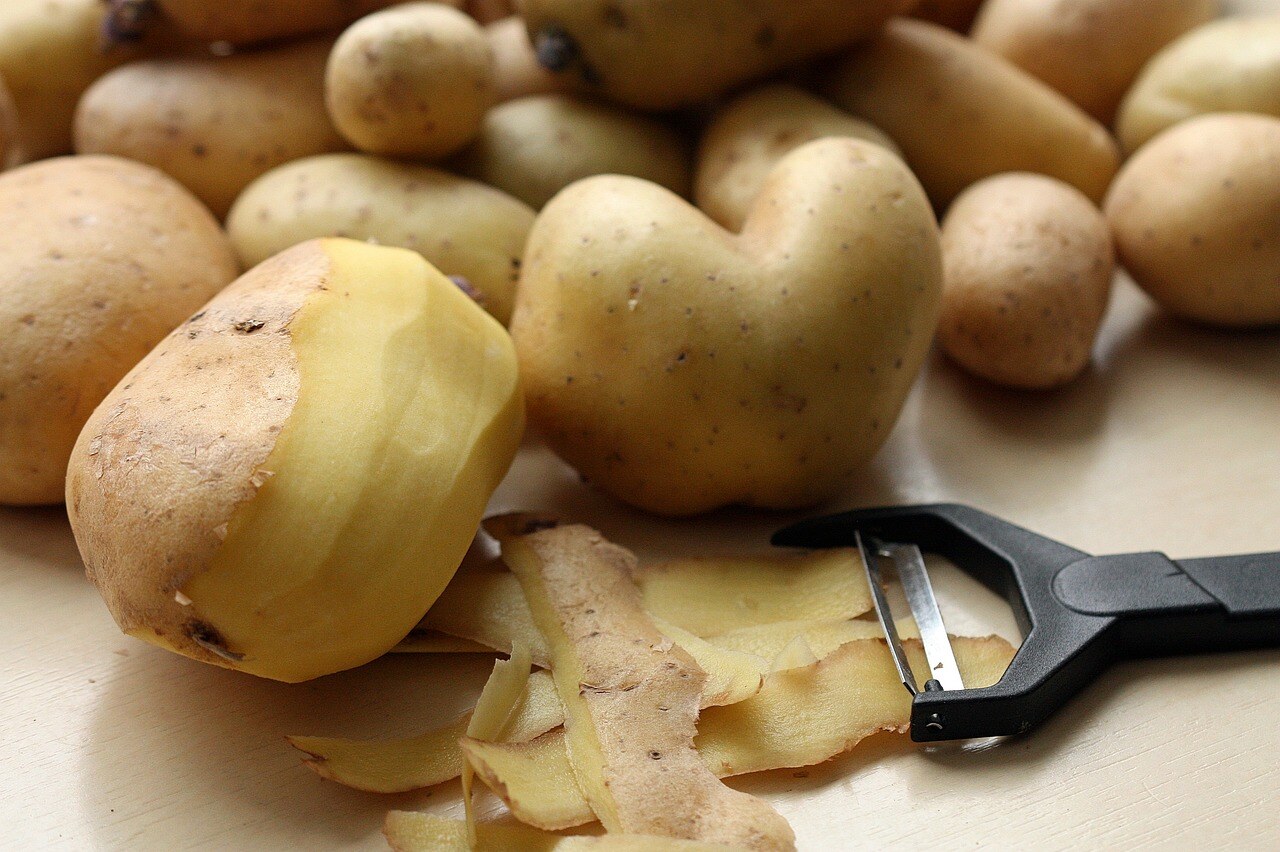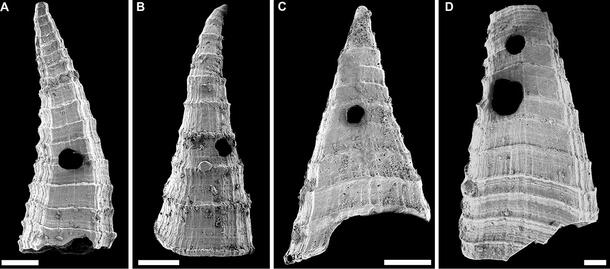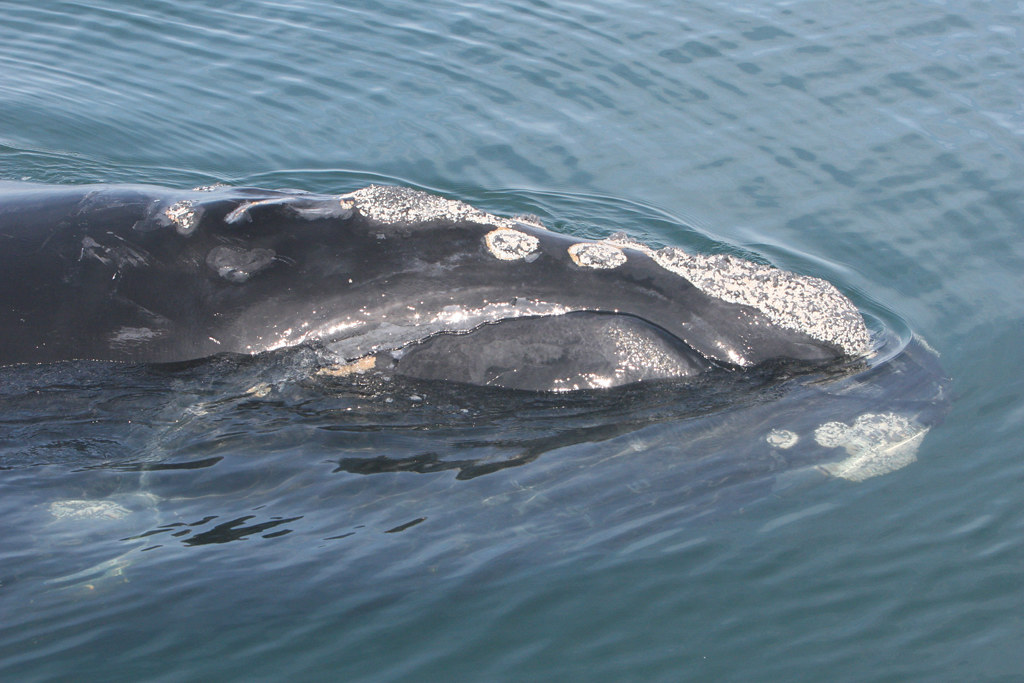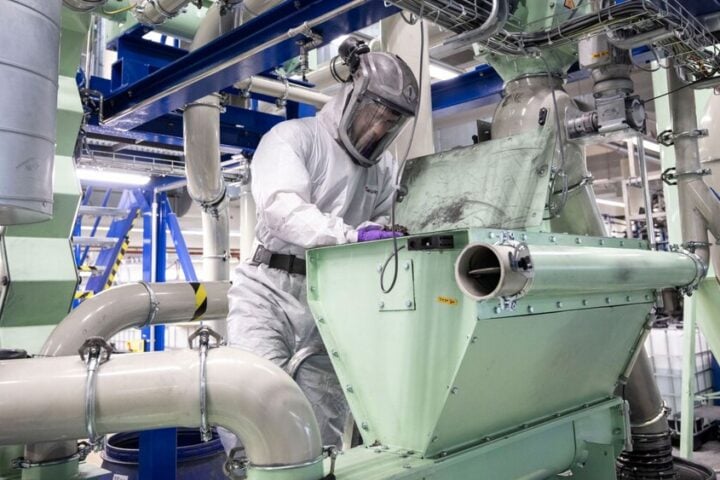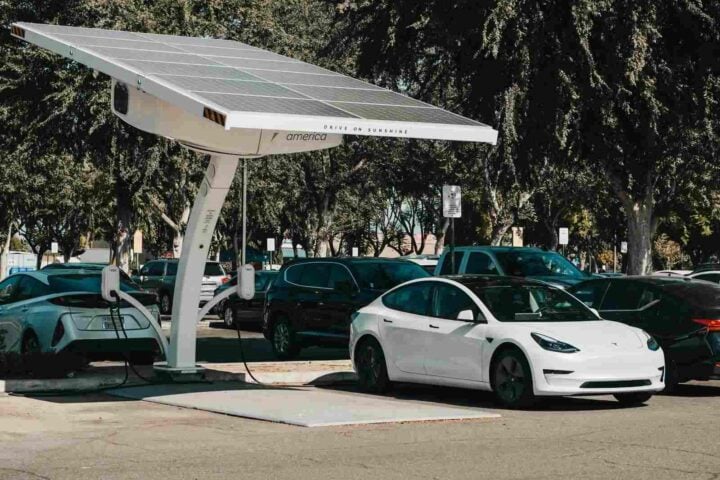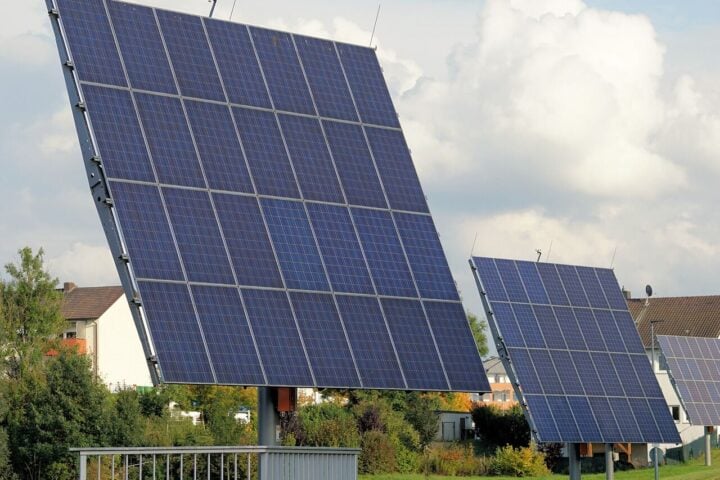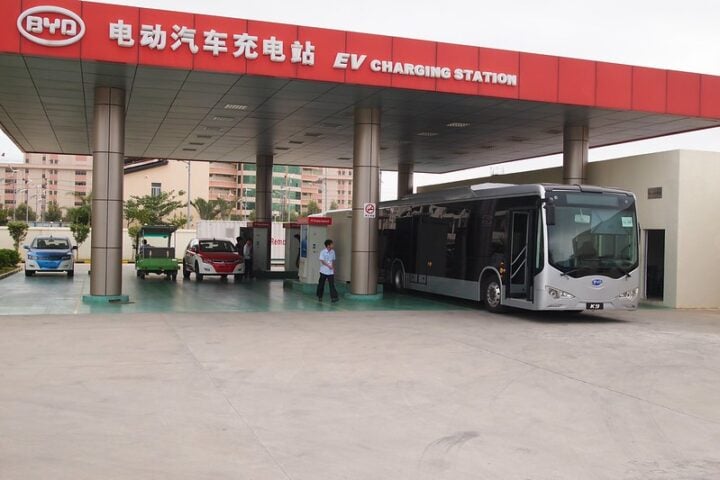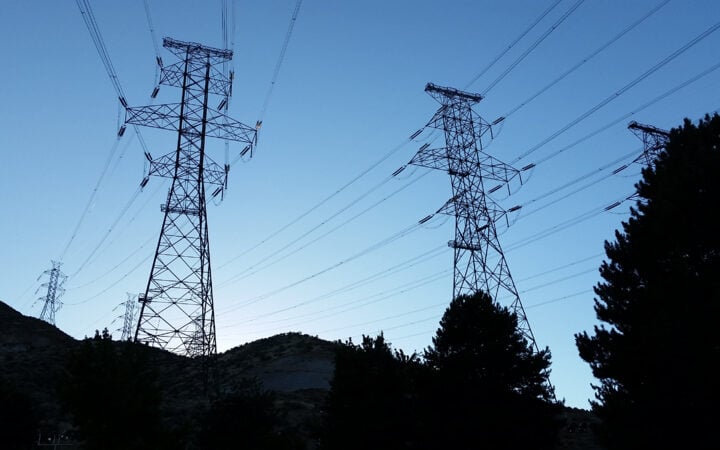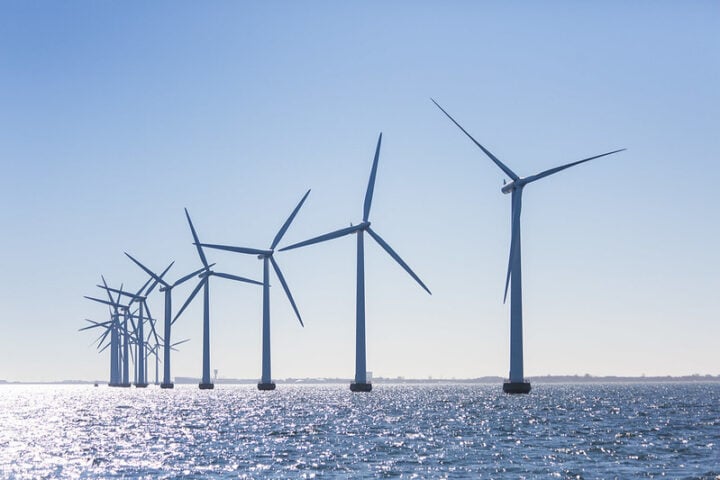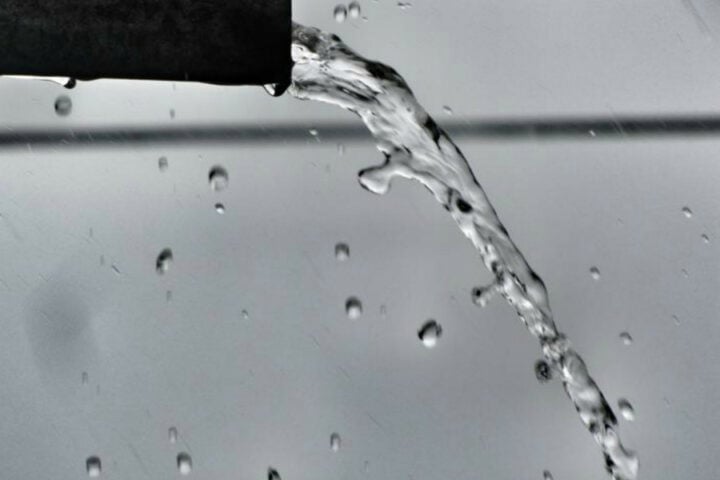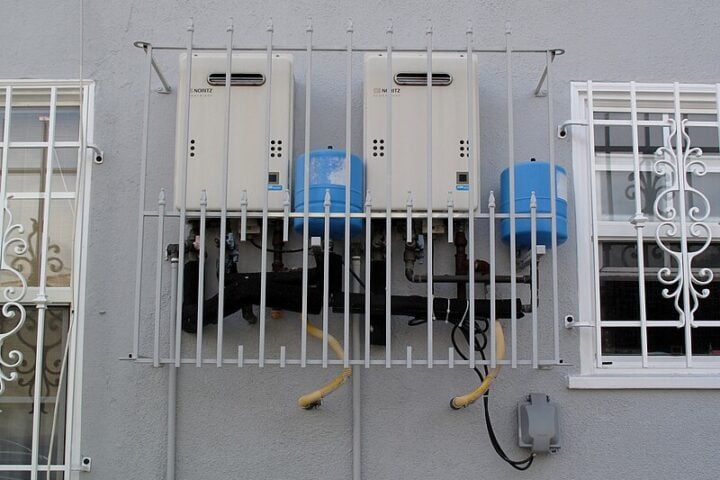Indian scientists have found a way to turn potato peels into fuel for cars. This discovery at IIT-BHU offers a new sustainable fuel source that reduces waste.
Dr Abhishek Suresh Dhoble, who led the team, said they make ethanol fuel from leftover potato peels that usually get thrown away. He mentioned this is important because India spends Rs 22 lakh crore each year buying fuel from other countries.
The process is straightforward. The research team first turns potato peels into a paste and then into a powder. Microbes then consume this processed waste to produce ethanol, which can power vehicles when mixed with regular petrol.
This innovation comes at the right time as India has already started mixing ethanol with petrol – increasing from just 1.53% in 2014 to 15% in 2024. The government wants to reach 20% by 2025 to reduce pollution and fuel costs.
More Stories
Statistics reflect as to why this development in sustainable technology is crucial. India grows 56 million tonnes of potatoes each year and about 11 to 14 million tonnes go to waste due to poor storage. This waste could now be reused to serve a better purpose than end up being discarded.
Prof. Amit Patra, director of IIT-BHU, said that their solution was helping both the environment and economy. He explained that they weren’t just creating cleaner fuel but were also solving their waste problem.
The research has caught international attention, with team member Unnati Gupta presenting their findings at a recent conference at IIT Jammu. The development marks an important step in sustainable fuel research.As India works to reduce its dependence on imported fuel, solutions like this demonstrate how waste materials can contribute to sustainable energy development.
